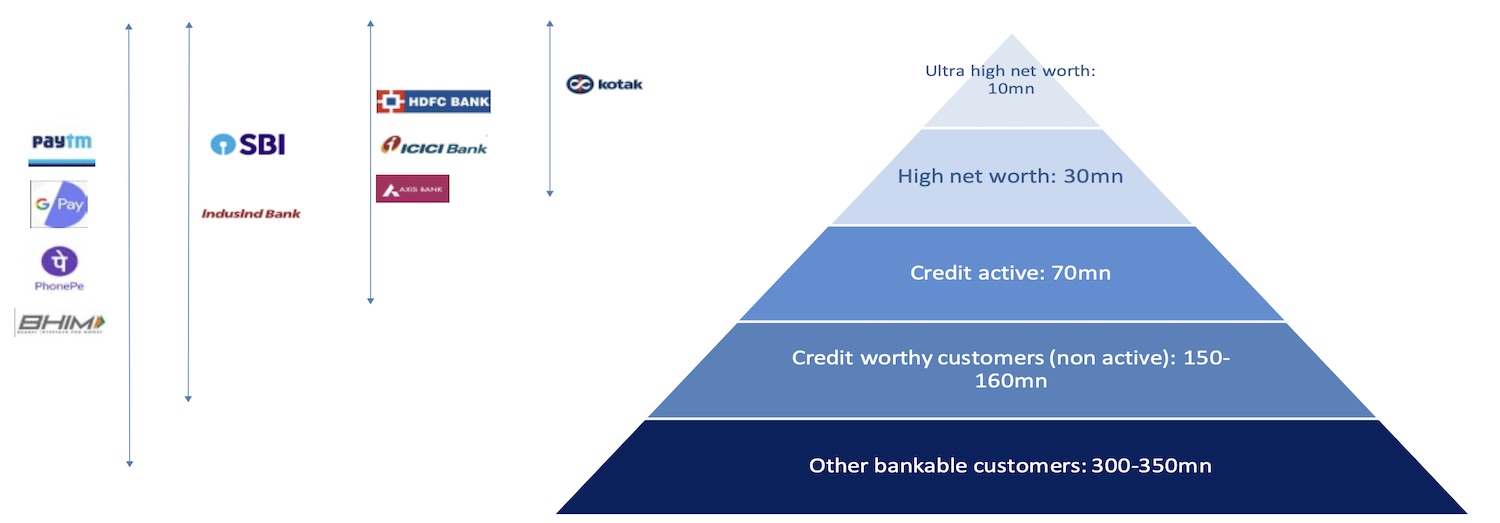A payments startup whose backend was originally built by the founder while still living with his parents and bootstrapping the company is today announcing a massive round of funding that catapults it into being one of the most valuable startups in Europe. Mollie, an Amsterdam-based startup that provides a way for businesses to integrate payments into sites, documents and other services by way of an API, is today announcing that it has raised €665 million ($800 million) in an all-equity round that values the company at €5.4 billion ($6.5 billion).
Blackstone Growth (BXG), Blackstone’s growth equity investing business, led the investment, with participation also from EQT Growth, General Atlantic, HMI Capital, Alkeon Capital, and TCV. TCV led Mollie’s breakout Series B in September last year.
Mollie has been on a major growth tear in recent years. The company is currently on track to process some €20 billion (nearly $24 billion) in payments in 2021, up 100% on the year before when it processed around €10 billion. It currently has 120,000 monthly active merchants (versus 100,000 in 2020), and customers include the likes of Deliveroo, Unicef, Acer and Guess. It’s adding between 400 and 500 new customers each day.
To be sure, the pandemic saw a massive shift in commerce with all kinds of transactions — buying goods, paying for services, handling your banking and other finances — all moving into the digital world, and that also played out for Mollie.
But that is also not the full story: growing at the same pace this year as last appears to indicate that even as we start to see more signs of the pandemic moving on (well, at least for some…), the shift to paying and buying online (and using Mollie’s rails to do so) will stay.
“The only thing you can reliably measure in payments is consumer spend. That was at 10% and now it’s at 15-20%,” said Shane Happach, who took over as CEO of Mollie in April of this year from founder Adriaan Mol (who, incidentally, was also the founder of MessageBird; Mol’s knickname is Mollie, hence the name of this company).
In an interview, Happach explained that consumer spend, and the subsequent addressable consumer market, is the metric that best indicates how a company like Mollie will grow. So while Mollie has largely been profitable since being founded back in 2004, the plan now will be to put the gas on growth, building related services around payments to continue expanding its product offering while also continuing to move move into more geographies beyond its core, and biggest, market of Europe, helped in no small part by its new, big investors.
That will bring it into deeper competition with a whole raft of players. That is to say, Mollie is far from the only payments company on the market, nor is it the only one that has seen business boom in recent times. But it is bigger and much more fragmented than you might think. Happach — who spent a decade at WorldPay before joining Mollie — points out that the top ten players in payments have 50% of the market, but the other 50% is held by about 5,000 players.
“You’d be really surprised, companies like Stripe are in the 5,000. They’re not in the top ten,” he said. (JP Morgan, WorldPay, Fiserv (First Data), PayPal are among those that make up the first ten.). That essentially gives the company a lot of opportunity to grow and consolidate, while also underscoring just how big the market is for everyone.
Stripe came up a few times in our conversation, in particular when talking about competitive threats — its basic premise, like Mollie’s, has been the building of a payments platform (complex for any non-payment company to do) that can be integrated by customers anywhere by way of a simple API; when talking about valuations (Stripe is now valued at $95 billion); and when talking about product playbooks.
In all cases, the main takeaway seems to be that Stripe’s success speaks to the market Mollie has ahead of it. “We see a huge opportunity in the super underserved population of SMBs,” Happach said. “Especially if you look at our core markets, where most of our customers come from today, the financial services that they can get access to are very clunky.” The company, he added, will be focusing on a few areas that it believes it can do better than what’s out there now, which also complements its payments business: working capital for small businesses, card issuing and corporate card programs, expense management, and business banking. (All areas, I should note, where Stripe also has launched products.)
It will also be interesting to watch how and if Mollie, as it grows, gets more confident to potentially change its cut. It’s taken PayPal years, but it has recently rebalanced its rates. Happach notes Mollie never has and has no plans to follow it.
One area where Mollie is less likely to invest the new capital is in acquisitions, however.
“I came from a company that had acquired a load of other companies, and I think there’s pluses and minuses,” Happach said. “For Mollie, we are building an organic plan…. [Acquisitions are] always an opportunity, [but] I would say it’s not the thesis of what we have agreed with investors is the most likely things that we’d like to do…. I think, right now, we’re mainly focused on hiring as much great talent as we can, really beefing up our commercial product and engineering teams. There’s still quite a lot to do by just investing in our own business building and training our own people and serving the customers that we’ve already got in the best possible way.”
The company, indeed, hasn’t really grown through a sales force or big marketing investments but largely through word of mouth up to now, one reason Blackstone came knocking.
“One of the things that really impressed us at Blackstone is that of the hundreds that sign up to Mollie on a daily basis, 90-95% of them have almost no interaction with Mollie directly,” said Paul Morrissey, who heads up Blackstone’s investing activities in Europe. “They’re just finding Mollie, loving the product and just getting going and that goes back to kind of the unit economics of the business… It talks to their competitive position in the market.”
That is somewhat due to change with the company embarking on a big hiring push, taking its team of 480 to just under 800 in the next nine months.



 Keynote Speaker $ADHD (@iSocialFanz)
Keynote Speaker $ADHD (@iSocialFanz) 